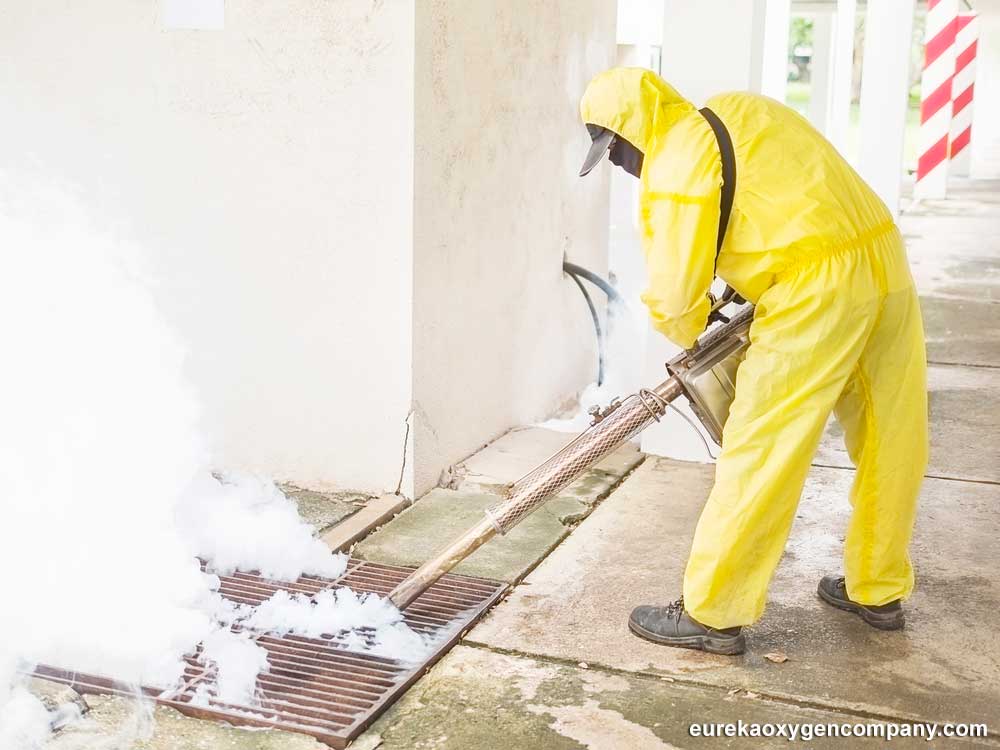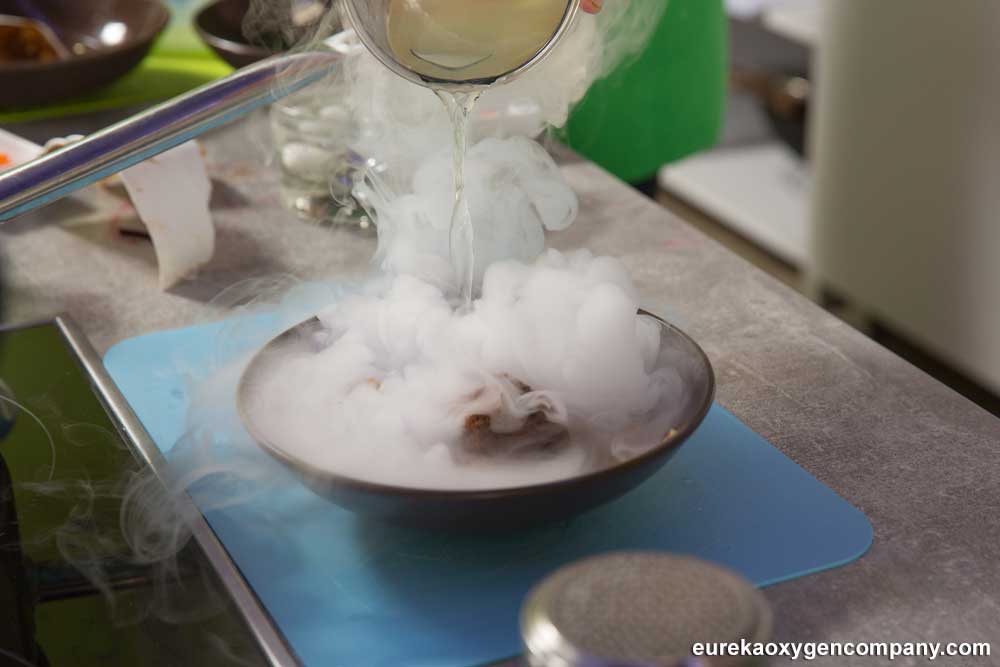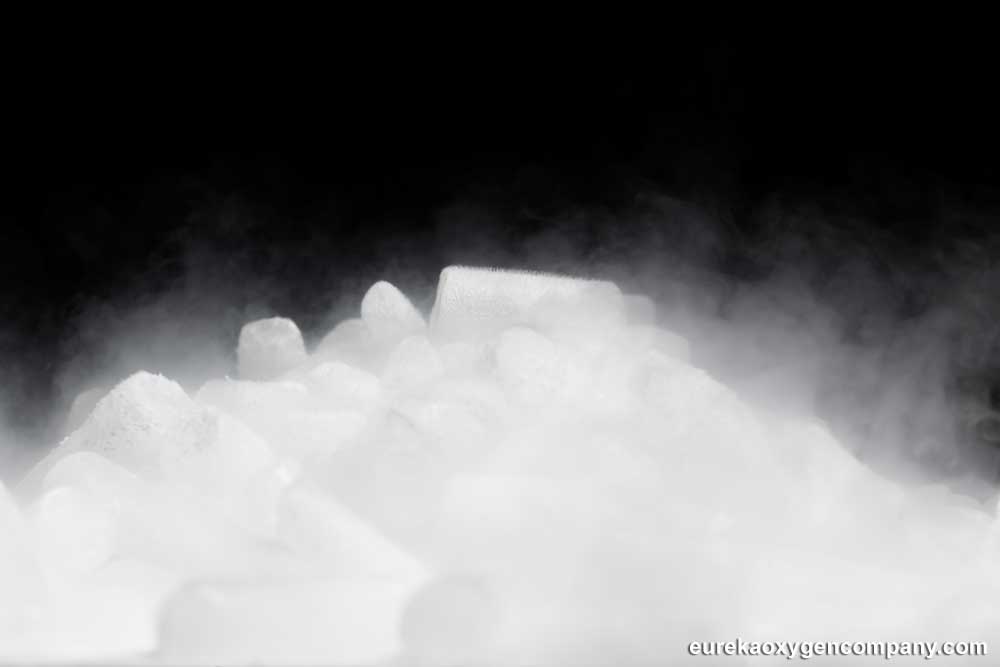Storage and transportation of various goods
Dry ice blasting
Otherwise referred to as carbon dioxide blasting, dry ice blasting happens to be an efficient and eco-friendly alternative technique for cleaning industrial surfaces. When compared to other industrial cleaning processes such as using chemicals, sandblasting, or high-pressure water jetting, dry ice blasting is non-abrasive and totally harmless to the surfaces of various industrial machinery.

Airline catering
Dry ice is regularly utilized to keep food chilled or frozen for in-flight catering, especially in the case of long-haul flights. Since there aren’t any mechanical refrigerators on-board airlines, dry ice is used to preserve and keep food temperatures within the required profiles. Also, because of its sublimation property, dry ice never leaves any liquid residues which can compromise the quality of food served in flights.

Freeze drying
Freeze drying is a widespread practice in the agricultural and pharmaceutical industries. Ideally, it is designed to preserve and extend the shelf life of organic products and high-value pharmaceutical products. The freeze-drying process, also known as lyophilization, occurs well beneath water’s freezing point and causes much less damage when compared with other alternative dehydration processes. This definitely means the products frozen through this process always retain their appearance and flavor. They can also be stored for years on end at room temperature without their condition deteriorating or getting spoilt.
Special effects
Dry ice may as well be used to create small, localized fog effects in photography and filmmaking. This is simply achieved by dropping pellets of dry ice into hot water which fast-tracks the sublimation process and creates dense fog. To achieve more spectacular effects, dry ice can be utilized alongside “pea-souper” fog machines. Additionally, dry ice is also frequently used to create breathtaking visual effects at weddings, parties, pubs, and even discos.

Dry ice safety
Generally speaking, dry ice should only be utilized safely in places with good air circulation. This is because it may trigger toxic carbon dioxide buildup when released in small, enclosed places including indoors. As carbon dioxide displaces oxygen in the air, it can trigger asphyxiation when someone inhales it for prolonged durations of time. Also, since it sublimates to carbon dioxide, it should never be stored in airtight containers as the gaseous buildup over time will make such vessels burst. On the other hand, materials like glass, ceramics, plastics, or stoneware may crack when brought into contact with dry ice. So, only utilize styrofoam coolers to store or transport it. Lastly, never touch dry ice without protective gloves since direct contact with your skin will trigger frostbites.
Eureka Oxygen is a leading vendor of all sorts of welding equipment, welding supplies, welding safety gear, and many other associated products. Eureka oxygen also offers dry ice to all customers who request it.

